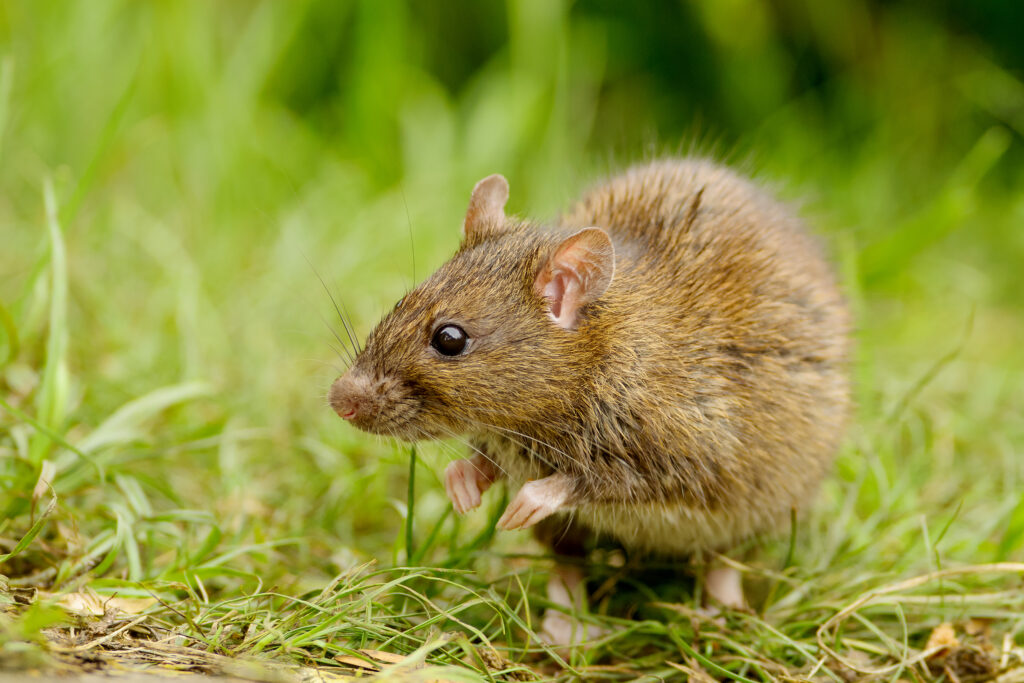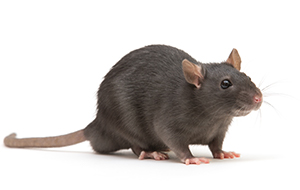Rodent Facts
Rodents can be found on every continent except Antarctica. There are 1,500 different rodent species in the world, but rats and mice cause the most trouble. These common pests may seem cute with their little ears and tiny paws, but they can damage your home, contaminate food and even expose you and your family to dangerous diseases.

Rodent Damage
Mice and rats have teeth that grow constantly, so they will chew anything they can get their paws on to keep their teeth in check. You might find gnaw marks on food packaging, cabinets, as well as on the edges of doors and windows, but these rodents are known to chew on almost any type of material. Their habit of chomping on wires can create a fire hazard and may shut down appliances and other electrical systems. Mice and rats can bring a variety of diseases into your home. Their droppings can trigger allergic reactions and transmit diseases like the Hantavirus. These rodents can also carry bacteria like salmonella on their bodies and may contaminate your food or countertops with these germs. Mice and rats infested with ticks, fleas, or mites can bring these other pests into your home and cause even more problems.
Rodent Infestation
All it takes is a small crack or crevice for a mouse or rat to sneak into your home while searching for food and shelter. Mice can fit through a space about the size of a dime, while rats require an opening that’s at least as big as a quarter to squeeze through. These unwelcome house guests will raid your pantry, garbage, and pet bowls for food. Even some crumbs on the floor is enough to keep them happy. Rats will usually make burrows in the basement or under the house. Mice prefer to build nests in attics, walls, basements, and even kitchen cabinets.
Types of Rodents
Mouse & Rat Identification
The difference between mice and rats is usually their size. The common house mouse is only three to four inches long, while rats are larger at almost 18 inches long. Both mice and rats have greyish-brown fur and long, hairless tails.
Rodents in the Walls & House
There is a good chance mice and rats have made your home theirs if you are seeing pellet-shaped droppings near food, in kitchen cabinets and drawers, or in the basement or attic. You might also hear scratching, scampering, and squeaking sounds in your walls, ceilings, or floorboards. A path of dirt and oil can be found running along baseboards and walls from rats or mice that routinely follow the same paths day in and day out.
Frequently Asked Questions
How do I keep rodents out of my house?
To protect your home from rodents, start by sealing cracks and crevices in the foundation and install door sweeps on exterior doors. Make sure to store food in containers with tight-fitting lids, as rodents can chew through paper and plastic packaging. Regularly clean counters, floors and garbage cans, as well as declutter and organize items stored in your basement and attic to reduce the appeal of nesting sites for rodents.
The safest way to take care of a rodent problem or infestation is to consult a licensed pest control expert who can remove the critters and protect the property.
What are the benefits of professional rodent pest control?
Finding rodents on a property can be challenging, especially if there are numerous nesting sites in the attic, basement, or walls of a business or home.
Expert pest specialists have the educational background, equipment, and skill to control and remove rodents from a property in a safe, efficient way.
If you’re struggling with rodents on your property, contact us. Our technicians can remove the critters and help you regain control of your property and sanity.




